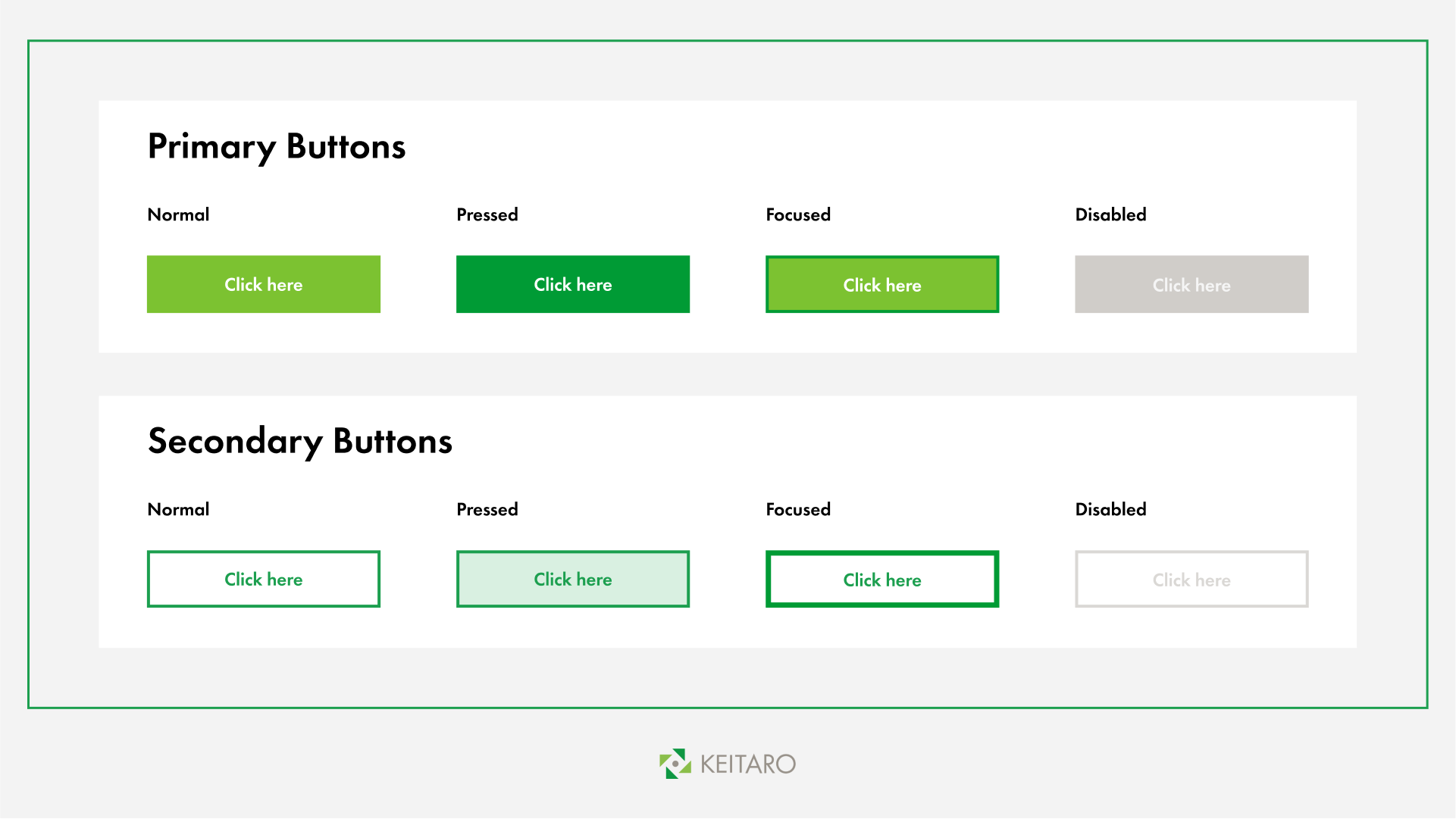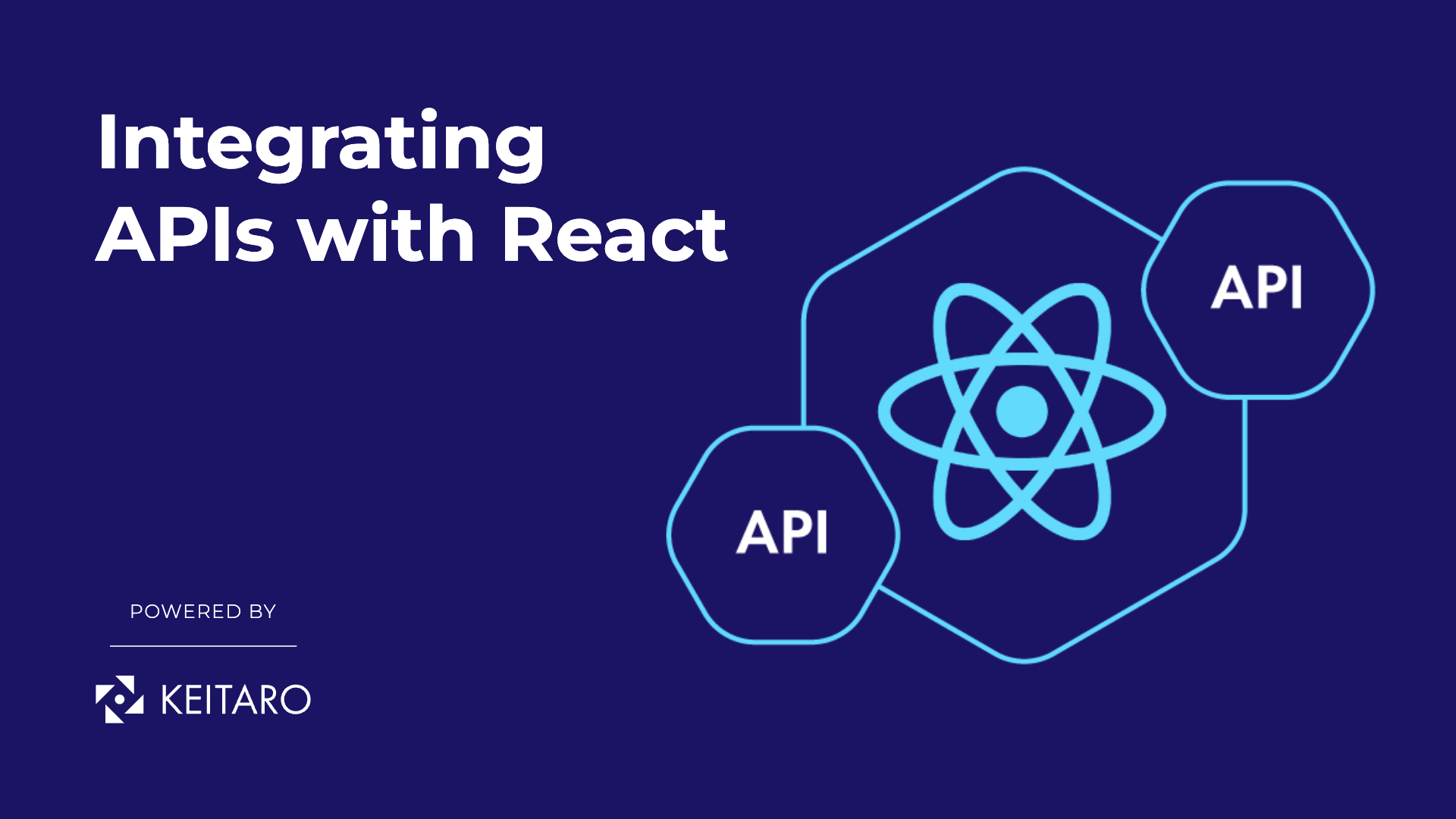Mastering UI/UX design principles is essential for front-end developers aiming to create intuitive and user-friendly interfaces. By focusing on best practices in design and development, you can ensure your web applications not only look appealing but also provide a seamless user experience. This blog post explores key strategies for front-end developers to enhance UI/UX design, optimize for reusability, and improve overall development efficiency.
Understanding User-Centered Design
User-centered design (UCD) is the cornerstone of effective UI/UX. Begin by understanding your users’ needs, preferences, and behaviors through comprehensive user research. Use methods such as surveys, interviews, and usability testing to gather valuable insights. Incorporate this data into your design process to ensure every element of your interface serves a purpose and enhances the user experience.
Consistency in Design
Maintaining a consistent design language across your application helps users feel more comfortable and familiar. Utilize design systems and component libraries to standardize UI elements like typography, color schemes, buttons, and icons. Tools like Figma, Sketch, and Adobe XD can assist in creating and managing these systems, streamlining the design process and ensuring consistency.

Simplicity and Clarity
Aim for simplicity and clarity in your design. Avoid clutter by minimizing unnecessary elements and focusing on clear, straightforward design. Use whitespace effectively to guide users’ attention and create a visually appealing layout. Ensure that labels, buttons, and other interactive elements are intuitive and easy to understand.
Enhancing Navigation and Accessibility
Effective navigation is crucial for a positive user experience. Implement a logical information architecture with clear pathways for users to follow. Ensure your application is accessible to all users by adhering to accessibility standards such as the Web Content Accessibility Guidelines (WCAG). This includes providing keyboard navigation, screen reader compatibility, and adequate color contrast.
Performance Optimization
Optimizing your application’s performance is vital for maintaining user engagement. Slow loading times and laggy interactions can frustrate users. Minimize file sizes, use lazy loading for images and other resources, and implement efficient coding practices. Tools like Lighthouse can help audit and improve your web application’s performance.
Utilizing Feedback and Microinteractions
Incorporate feedback mechanisms and microinteractions to enhance user engagement. Use visual cues such as hover effects and loading indicators to provide feedback on user actions. Interactive elements, like animated transitions and subtle notifications, can make the interface feel more dynamic and responsive.

Iterative Design Process
Adopt an iterative design process by continuously gathering user feedback and making improvements. Conduct usability testing, analyze user behavior through analytics, and engage with users directly to gather insights. Regularly update and refine your design based on this feedback to address pain points and meet evolving user needs.
Leveraging Modern Tools and Frameworks
Stay up-to-date with modern design tools and frameworks to enhance your development workflow. Tools like Figma and Adobe XD support collaborative design and rapid prototyping, while frameworks like React, Vue, and Angular offer robust features for building responsive and dynamic user interfaces.
Writing Clean and Reusable Code
For front-end developers, writing clean and reusable code is essential for maintaining a scalable and efficient codebase. Embrace component-based architecture, modular CSS approaches, and design tokens to ensure reusability and consistency. Document your code thoroughly to facilitate collaboration and future maintenance.
Conclusion
Mastering UI/UX design principles is crucial for front-end developers striving to create intuitive and user-friendly interfaces. By prioritizing user-centered design, maintaining consistency, focusing on simplicity, enhancing navigation and accessibility, optimizing performance, utilizing feedback and microinteractions, and leveraging modern tools, developers can craft interfaces that delight users. Writing clean and reusable code further enhances development efficiency and scalability.
By following these principles, front-end developers can ensure their applications provide a seamless and engaging user experience, leading to greater user satisfaction and success in the competitive digital landscape. Implement these strategies to create interfaces that not only meet but exceed user expectations, providing a delightful and memorable experience.



